A photo of the MO-Labs “Clebsch diagonal surface with colored lines”. To purchase the model used in the photo and others, follow the links to our producer “shapeways” provided below.
Clebsch’s diagonal surface contains 27 real straight lines. The fact that any smooth cubic contains 27 straight lines (possible imaginary) was known since 1849. The British lawer/mathematician Arthur Cayley first found that there may only be finitely many lines. When he wrote a letter about this to his friend George Salmon, he almost immediately received the answer saying that their number is exactly 27.
These 27 lines have an interesting intersection structure. Cayley noticed this at a very early stage already, but he realized that it would be much easier to deeply understand this structure with a reasonable notation at hand. It was the Swiss Ludwig Schläfli who published such a notation for the 27 lines in 1858, based on his discovery of the so-called “double six”. These are two sets of six lines ![]() and
and ![]() , plus 15 lines
, plus 15 lines ![]() with
with ![]() . The
. The ![]() do not meet any other
do not meet any other ![]() , the
, the ![]() no other
no other ![]() , but
, but ![]() meets
meets ![]() if and only if
if and only if ![]() . Two such intersecting
. Two such intersecting ![]() and
and ![]() with
with ![]() span a plane. This plane intersects the cubic surface in a cubic curve which splits into
span a plane. This plane intersects the cubic surface in a cubic curve which splits into ![]() ,
, ![]() , and a third line which is the line
, and a third line which is the line ![]() .
.
MO-Labs sculptures used: Clebsch’s diagonal surface with two planes
To purchase this exhibit size version, just use the “buy now”-link provided below. You will be sent to our MO-Labs shop on the “shapeways” website, so that you can let “shapeways” produce the object for you and send it to you in really short time, where ever you are located in the world.
We have designed a large variety of other Clebsch diagonal surface sculptures, in one color, or with differently colored lines, or even together with two related planes. We provide versions in different sizes and at very different prices, from tiny and cheap to large and more valuable.
Here are some posts presenting models of the Clebsch diagonal surface:
The Clebsch diagonal surface: 27 lines only
The sculpture we present here is a 3D-printed modern object consisting of the 27 lines only, and a thin part of the surface as a border.
The Clebsch diagonal surface with colored lines
This version of Clebsch's famous diagonal surface model features colored lines. One intersects the surfaces in a line and a hyperbola, the another one in three lines.
The Clebsch diagonal surface with two planes
This version of Clebsch's famous diagonal surface model features colored lines and two additional planes. One intersects the surfaces in a line and a hyperbola, the another one in three lines.
Clebsch and Klein in the family room
It was back in the 1872 Göttingen, Germany, at a meeting of the scientific society. Alfred Clebsch and Felix Klein each presented a model of a cubic surface. Our modern versions of these historical - nowadays quite famous - sculptures are the main figures in our photo.
The Clebsch diagonal surface in the family room
Our modern version of Clebsch's historical - nowadays quite famous - diagonal surface model is the main figure in our photo from the series "math sculptures in context". It is the pure white version with the 27 straight lines.
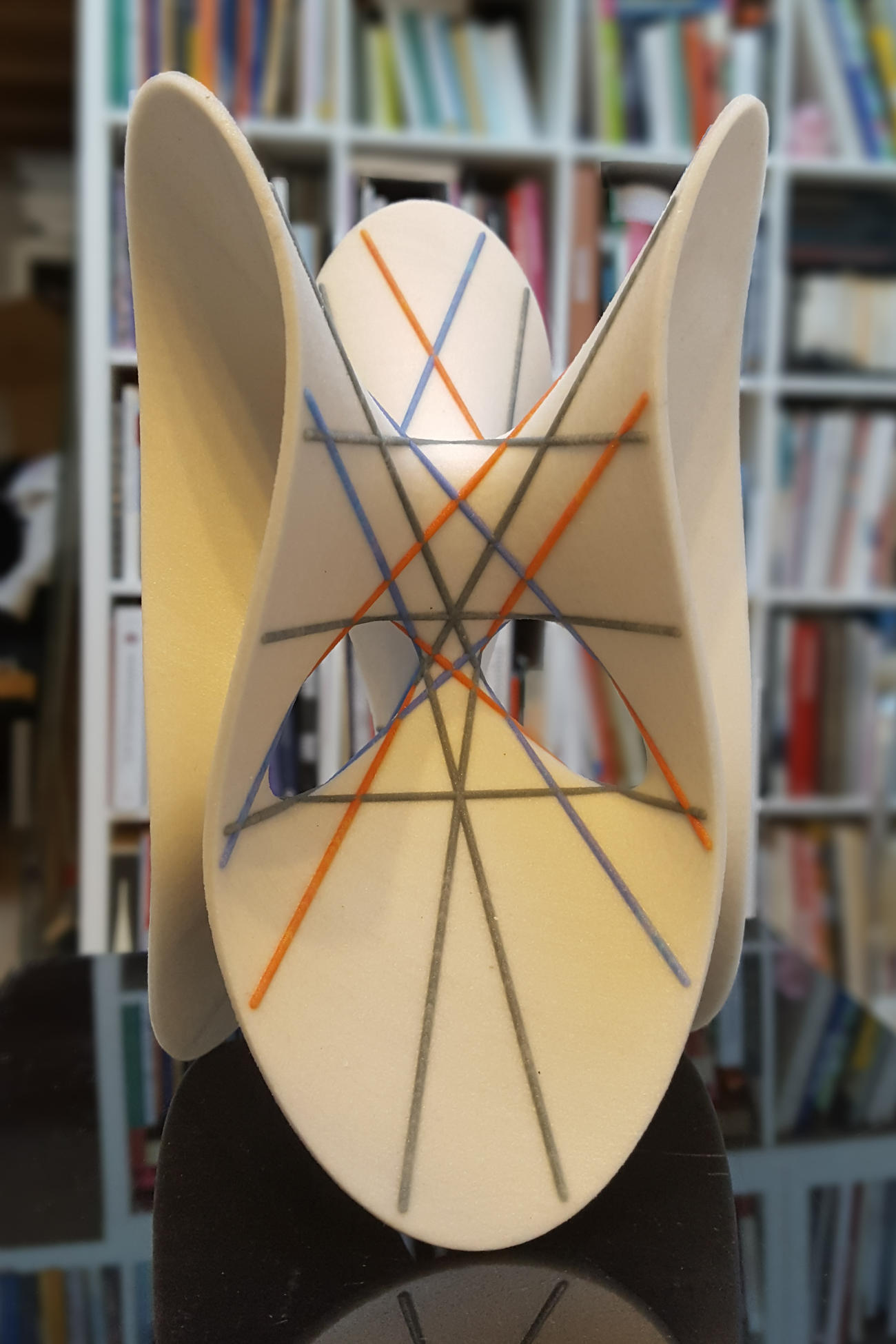
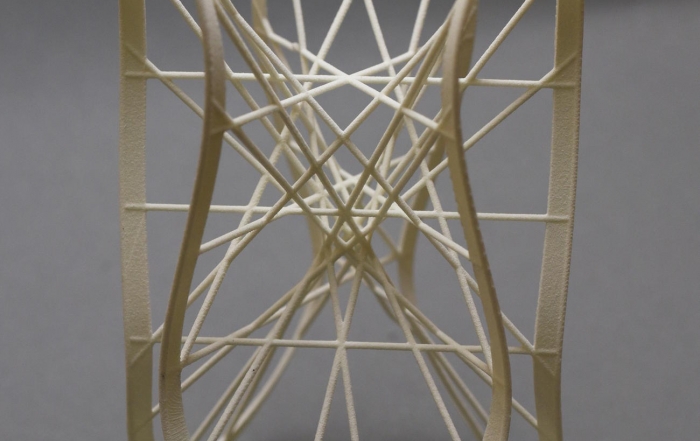
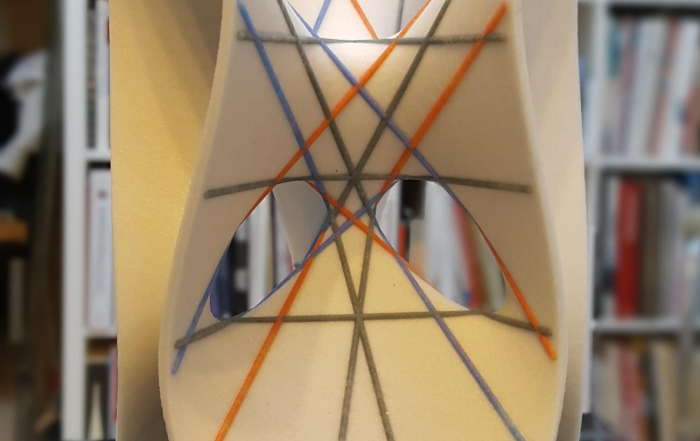

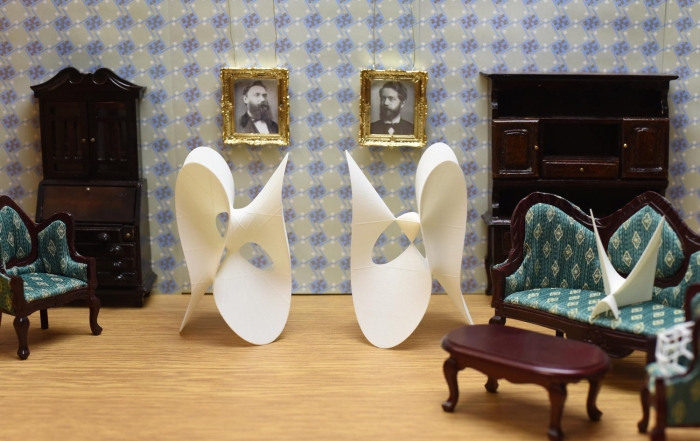
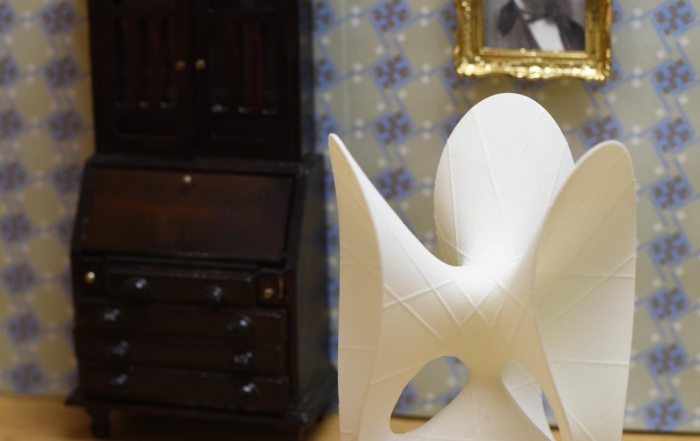
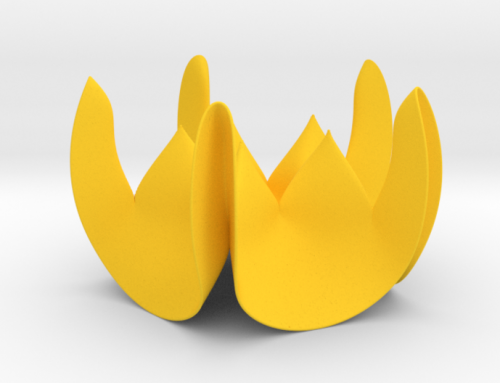
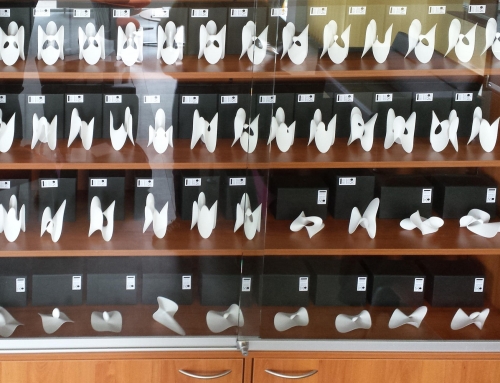
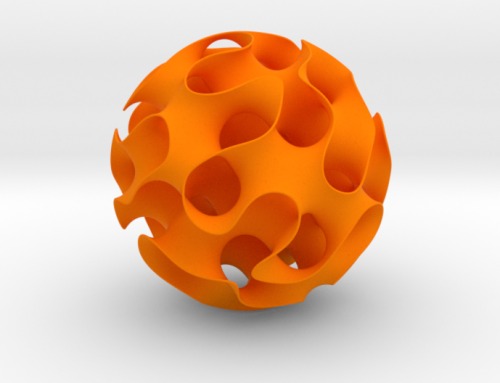
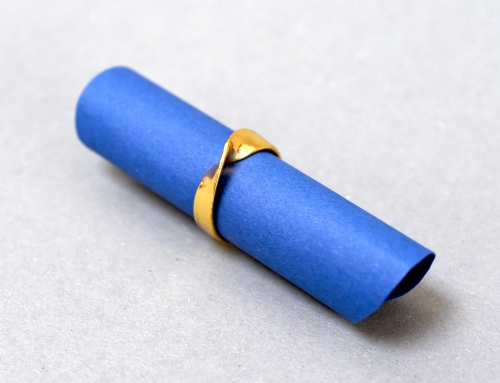
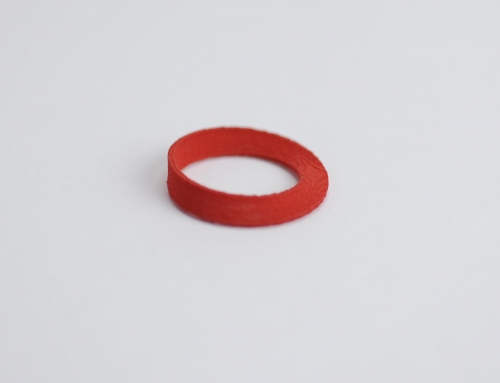
Leave A Comment